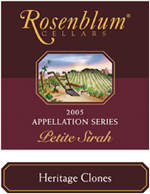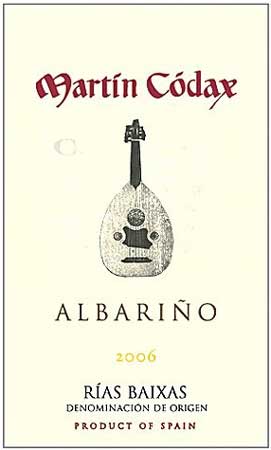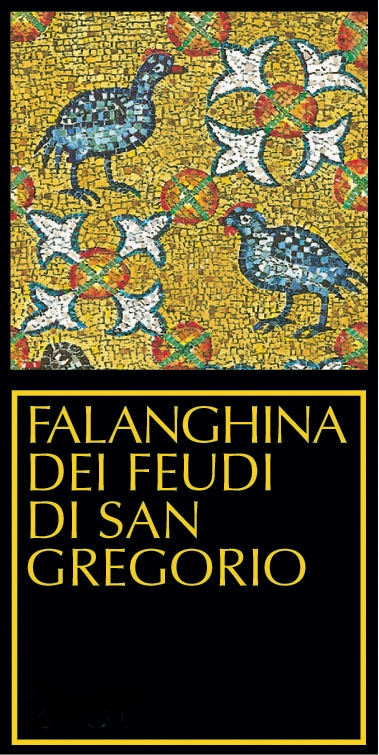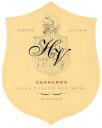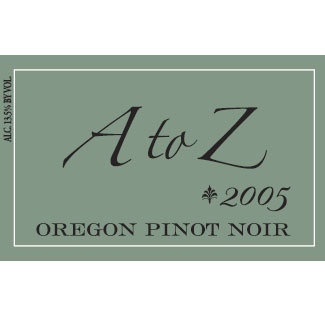
In posting my tasting notes on certain white wines recently, I may have mentioned that a wine had “good acidity.” It occurred to me much later that all my attentive readers may not be familiar with the importance of acid.
Many friends may now be thinking, “Well, now, if it’s acid we’re talking, I know my way around a blotter sheet… er, hey, I thought this was a wine blog!” Got it in one: this is a wine blog, and no discussion of wine would be complete without a thorough understanding of acid.
The acid in wine is largely of four kinds: tartaric, malic, acetic, and citric. Sorry, none of the three-initial-variety here. It is not the acid in wine that made you stagger up to that guy at the party and tell him all your theories on fetal genital development. But you wouldn’t have been drinking that wine if it weren’t for the acid in it (OK, you have a point, let’s blame the pH this time), because acid is one of the essential elements of What Makes A Wine Taste Good.
Wines with good acid are refreshing and bright. They taste better with food, they age better, and they make you more appear more intelligent. OK, maybe not so much with that last one, but the other three are all true. Wines without acid taste flat, and are frequently maligned with descriptions like “flabby.”
“But Scamp,” you ask bravely, because you know there are no dumb questions, just dumbwaiters, “how will I know that my wine has this nice acid of which you speak so wittily?” I’ll tell you: acidity makes your mouth water. Just like taking a sip of fresh lemonade, sipping a Chablis or an un-oaked Sauvignon Blanc will trigger your salivary glands. John Juergens, in his excellent Wine 101 article on Robin Garr’s Wine Lover’s Page, says that wine without acid tastes like a flat Coke.
Wines with naturally high acidity usually come from cool wine regions, like France’s Champagne, Chablis, and Alsace, all of Germany, California’s Anderson Valley, Santa Barbara, and Carneros, most of Oregon, and most of New Zealand. (This is not an exhaustive list, to be sure.)
Sometimes grapes grown in very cool regions actually have too much acid in them, and wineries are permitted to chaptalize the wine, which means they add sugar to make fermentation possible (because yeast eats sugar, but is killed by too much acidity) and to balance the flavor of the wine. Frequently highly acidic wines are subjected to a second fermentation, called malolactic fermentation, which takes the malic acid (think apples) and converts it to lactic acid (think milk).
It is high acid that makes many of my favorite whites my favorites. German Rieslings and Gewurztraminer have such divine sweet aromas of roses, honeysuckle, peaches, apricots, melon, and spice that it’s a refreshing pleasure to finally sip the nectar and be treated to a bright, no-nonsense slap of honest acidity. It’s like meeting a person who is stunningly beautiful but utterly humble at the same time: entrancing, and rare.
You can also find high acid in red wines, which usually either means it’s a New World wine built to age (high acid also stabilizes a wine and kills certain micro-organisms that can harm a wine during aging) or it’s an Old World wine from a colder region. In Europe, where wine is just one more kitchen staple like cheese and bread, no meal is complete without a wine on the table, and so wine is made to be drunk with food. More acid in a red wine will help it stand up to acidic foods like tomatoes, and will help your palate cleanse itself by stimulating your salivary glands.
A warning: acid makes a wine taste sour, so if a wine with higher acid does not have correspondingly powerful sweet fruit flavors, it may not appeal to you. If you don’t like a wine and you think it’s because of the acid in it, you might try it with food before you write if off completely, because it may simply not be built to drink by itself.
Here’s a Nice Acid Cheat Sheet, if you want to try an acidic wine with dinner (hint, hint) tonight:
White
Chablis (must be French)
Sauvignon Blanc
Pinot Grigio
German Riesling
Red
Chianti or Sangiovese
Barbera
Bordeaux
Burgundy, and other Pinot Noir from Oregon, and in CA the Central Coast & Carneros
Fancy winespeak you can use to describe acidity in a wine include: racy, crisp, tart, brisk, snappy, twangy, and juicy. After the second glass, others may occur to you… enjoy!
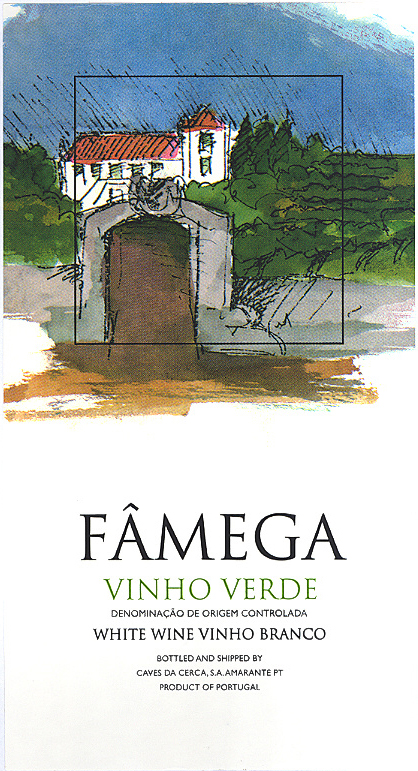 Yummy goodness. Straw yellow with green reflections, it was slightly petillant (bubbly), and after the bubbles exploded in your mouth, the palate was totally dry and pleasently herbal. Tasted just like ripe yellow delicious apple with some lime squeezed over it. Very light: alcohol content is only 9%, so I quite happily drank half the bottle at our Blues on the Green picnic and drove home (don’t tell) with no ill effects. Exactly what I was looking for in a picnic wine!
Yummy goodness. Straw yellow with green reflections, it was slightly petillant (bubbly), and after the bubbles exploded in your mouth, the palate was totally dry and pleasently herbal. Tasted just like ripe yellow delicious apple with some lime squeezed over it. Very light: alcohol content is only 9%, so I quite happily drank half the bottle at our Blues on the Green picnic and drove home (don’t tell) with no ill effects. Exactly what I was looking for in a picnic wine!